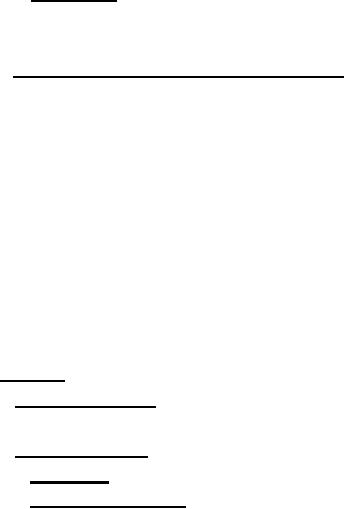 |
|||
|
Page Title:
Anchoring, blocing, bracing and cushing |
|
||
| ||||||||||
|
|  MIL-G-24477(SHIPS)
5.2.2 Detached components, accessories, repair parts instruments and tools. Detached
components, accessories, repair parts instruments and tools shall be packed level A or C,
as specified (see 6.1) in accordance with the applicable commodity specification,
MIL-R-2729 or MIL-E-17555, as applicable. Rough- handling test as-specified in MIL-E-17555
is not required. Repair parts and tools shall be separately packed and shipped concurrently
with the basic equipment, set or system. Detached instruments, components and accessories
shall be packed separately and secured in the engine shipping crate if space permits or
shipped concurrently with the basic equipment.
5.2.2.1 Index list. An index list shall be inserted in each shipping container con-
taining repair parts or tools accompanying the equipment or procured as a set or kit. The
list shall be placed in a transparent waterproof bag and heat scale?. The list shall be
suitably placed in the inside of the shipping container for quick accessibility. The list
shall completely itemize the contents of the container.
5.2.3 Anchoring, blocing, bracing and cushing. Anchoring, blocking, bracing and
cushioning of engine units, detached, components, accessories, and tools shall be in accord-
ance with MIL-STD-1186 and the applicable commodity or container specification and appendix
thereto. In addition, the following is mandatory for cushioning materials when used:
Use of loose excelsior or shredded newspaper is prohibited unless such are
(a)
enclosed in a sealed, waterproof barrier conforming to PPP-B-1055 or
MIL-B-13239.
(b) Polystyrene "loose-fill" materials for level A packing applications such as
cushioning, filler, dunnage, etc., is prohibited. Unless acceptable to the
procuring activity (see 6.1), use of polystyrene "loose-fill" for packaging
and packing under 5.1.2, 5.2.1.2, and 5.2.2 (level C) for applications such
as cushioning, filler, dunnage, etc. , is prohibited. When acceptable for
use under 5.1.2, 5.2.1.2, and 5.2.2, (level C) packages and containers
(interior and exterior) shall be marked or labeled as follows:
"CAUTION
Contents cushioned etc., with polystyrene (loose-fill) material.
Not to be taken onboard ship.
Remove and discard loose-fill material before shipboard storage.
If required, recushion with cellulosic material bound fiber,
fiberboard, or transparent flexible cellular material. "
5.3 Marking,
5.3.1 Standard markings. In addition to any special marking or instructions required
herein or by the contract or order (see 6.1), unit and intermediate packages and exterior
shipping containers shall be marked in accordance with MIL-STD-129.
5.3.2 Special markings.
5.3.2.1 Method II. Method II packages shall be marked in accordance with MIL-STD-129.
5.3.2.2 Shipping containers.
Shipping containers shall have the following markings:
(a) Adjacent to method II markings:
"STORE RIGHT SIDE UP - WARNING - SEE UNPACKING INSTRUCTIONS."
(b) Apply adjacent to the identification marking on the side of the container:
l
"CAUTION - THIS EQUIPMENT MAY BE SERIOUSLY DAMAGED UNLESS UNPACKING
INSTRUCTIONS ARE CAREFULLY FOLLOWED. UNPACKING INSTRUCTIONS ARE
LOCATED (state where located)."
"REUSABLE INTERIOR AND EXTERIOR CONTAINER (when applicable) ."
(c)
(d) Handling and structural markings as applicable (see MIL-STD-129 and appendix
to MIL-C-104).
29
|
|
Privacy Statement - Press Release - Copyright Information. - Contact Us |